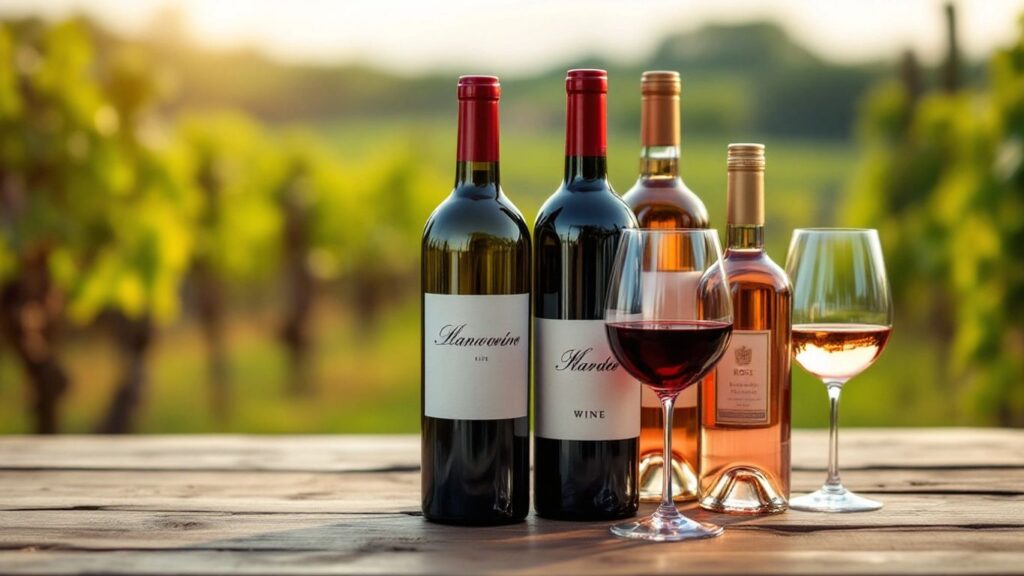Wine lovers always look for new and exciting vineyards to explore. As the wine industry grows, fresh producers are emerging with unique offerings that captivate both casual drinkers and seasoned connoisseurs. These newcomers are shaking up the scene with their innovative approaches and high-quality wines.
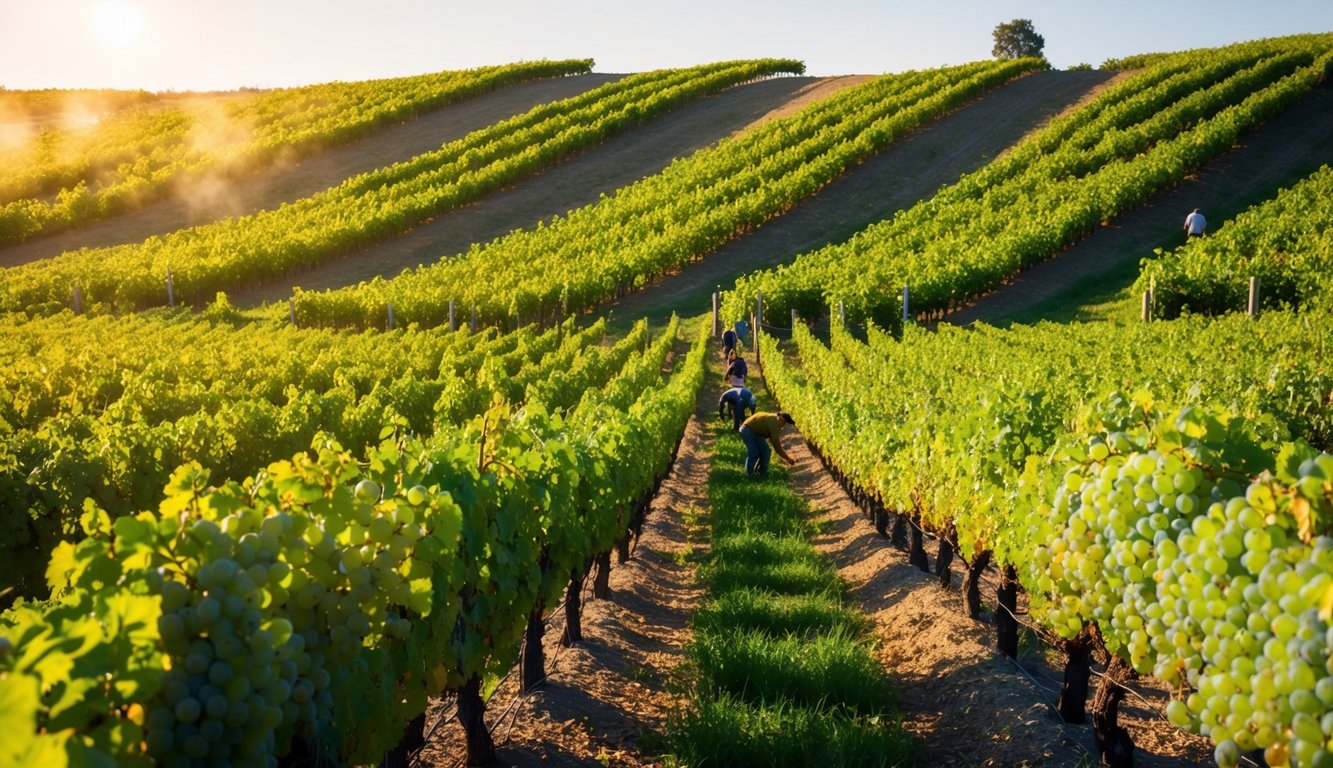
You’ll find six up-and-coming vineyards that are making waves in the wine world with their outstanding products. From California’s newest coastal AVA to the rolling hills of Texas, these vineyards are proving that great wine can come from unexpected places. Get ready to discover some hidden gems that might just become your new favorite wineries.
1) Stag’s Leap Wine Cellars Artemis Cabernet Sauvignon
You’ll find a true gem in Stag’s Leap Wine Cellars’ Artemis Cabernet Sauvignon. This wine showcases the best of Napa Valley‘s Cabernet Sauvignon.
The 2020 vintage offers a rich blend of flavors. You’ll taste notes of plum, blackberry, and boysenberry. The wine also has hints of chocolate and spice.
Stag’s Leap sources grapes from top vineyards across Napa Valley. The 2020 blend includes fruit from Atlas Peak, Coombsville, and St. Helena. This mix creates a complex and balanced wine.
The winemakers age Artemis in French oak barrels. This process adds depth and subtle oak flavors. You’ll notice a smooth texture and well-integrated tannins.
Artemis pairs well with grilled meats and hearty dishes. It’s also enjoyable on its own. You can drink it now or cellar it for a few years.
When you open a bottle of Artemis, you’re tasting Napa Valley’s finest Cabernet Sauvignon. It’s a wine that shows why Stag’s Leap is a leader in California winemaking.
2) Orin Swift Cellars Papillon Bordeaux Blend
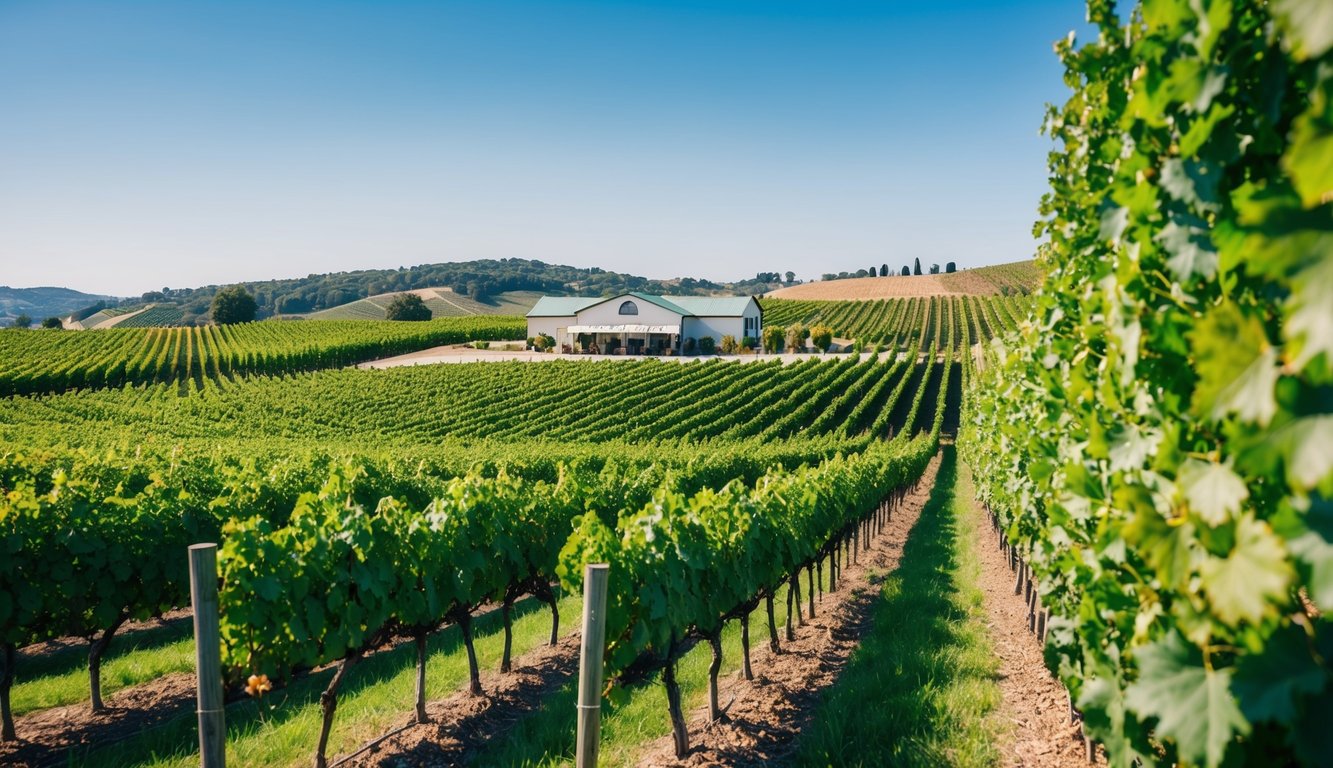
Orin Swift Cellars has made a name for itself with its Papillon Bordeaux Blend. This wine stands out for its unique composition of all five Bordeaux-style varietals, a rare find in Napa Valley.
The Papillon blend showcases the strength and prestige of Cabernet Sauvignon. It’s enhanced by the richness of Merlot, spiciness of Cabernet Franc, and depth of other varietals.
When you pour a glass of 2019 Papillon, you’ll notice its striking neon crimson color. The aroma is powerful, with notes of blackberry and kirsch.
On the palate, you’ll experience a grand entry. Flavors of cassis, blackberry, and baking spices come through. The wine has an enveloping texture with chalky tannins.
Orin Swift ages Papillon for 13 months in French oak, with 44% new barrels. This aging process adds complexity to the wine’s profile.
Wine enthusiasts have taken notice. The 2021 vintage has received an average rating of 92.4 points from community reviews on CellarTracker.
3) Opus One Napa Valley Red
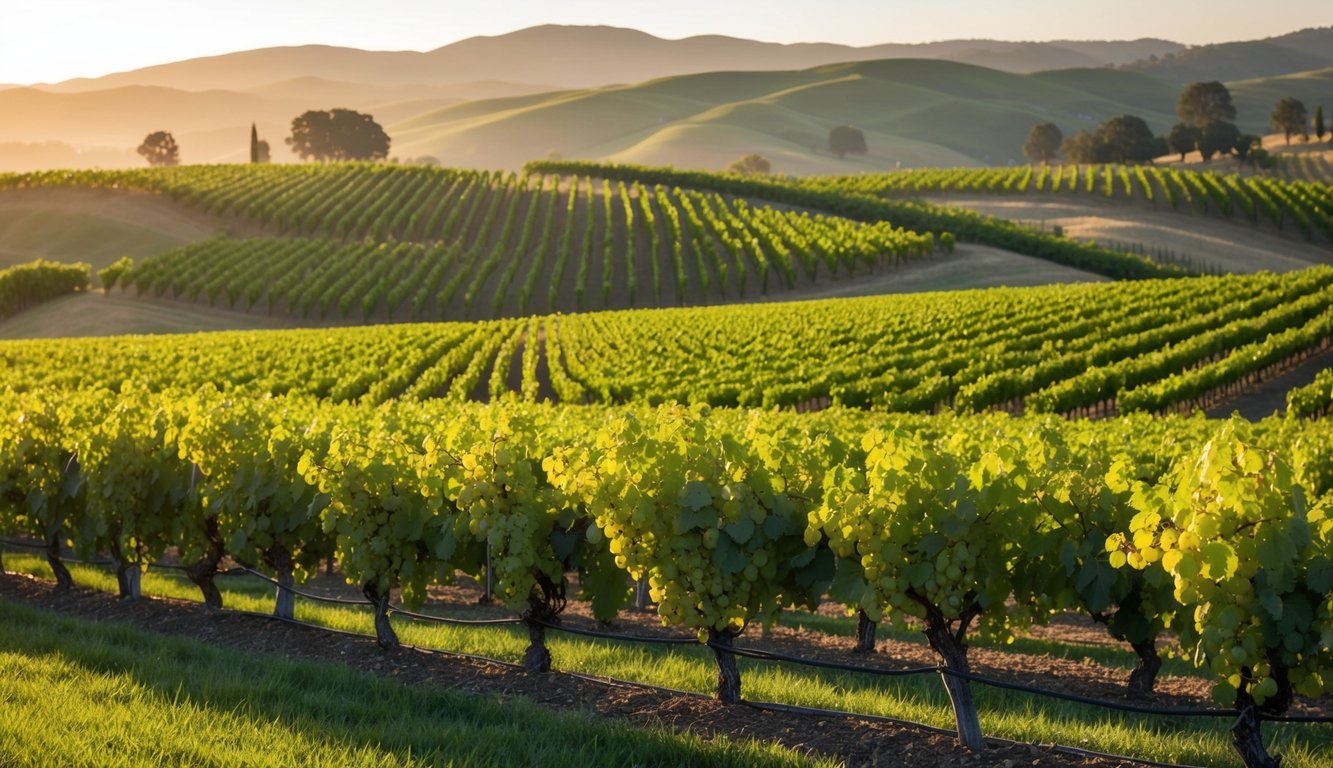
Opus One is a renowned winery in Napa Valley that produces exceptional red wines. Founded in 1979, it’s a joint venture between Baron Philippe de Rothschild and Robert Mondavi.
The flagship wine from Opus One is a Bordeaux-style blend that consistently receives high ratings from wine critics. You’ll find it’s dominated by Cabernet Sauvignon, with smaller amounts of other classic Bordeaux varietals.
When you taste Opus One, you’ll notice its elegant balance between power and finesse. The wine showcases the unique terroir of Napa Valley, reflecting the region’s geography and climate.
Each vintage of Opus One expresses its own character. For example, the 2015 release offers bright fruit aromas, with notes of red cherry, berries, and subtle spices.
Opus One ages its wines in 100% new French oak for up to 19 months. This careful aging process contributes to the wine’s complexity and structure.
While Opus One’s main wine is pricey, you can explore their second label, Overture, for a more affordable option that still delivers impressive quality.
4) Châteauneuf-du-Pape Domaine du Vieux Télégraphe
While not a new vineyard, Domaine du Vieux Télégraphe continues to produce outstanding wines. The Brunier family has managed this estate for six generations, perfecting their craft.
You’ll find their vineyard on the famous La Crau plateau, a prime location for Châteauneuf-du-Pape viticulture. This unique terroir imparts a distinct minerality to their wines, setting them apart from others in the region.
Vieux Télégraphe’s flagship wine boasts a deep ruby color with purple hints. When you taste it, you’ll notice a medium to full-bodied wine with flavors of licorice, pepper, and Asian spices.
The 2019 vintage has received high praise from critics. It offers aromas of sun-warmed stones, garrigue, black cherries, and black olives. You’ll experience a rich, full-bodied wine with impressive depth and complexity.
Besides their iconic Vieux Télégraphe, the Brunier family produces other notable wines. These include Télégramme and the newer Piedlong, which replaced La Roquète and L’Accent in 2011.
5) Screaming Eagle Sauvignon Blanc
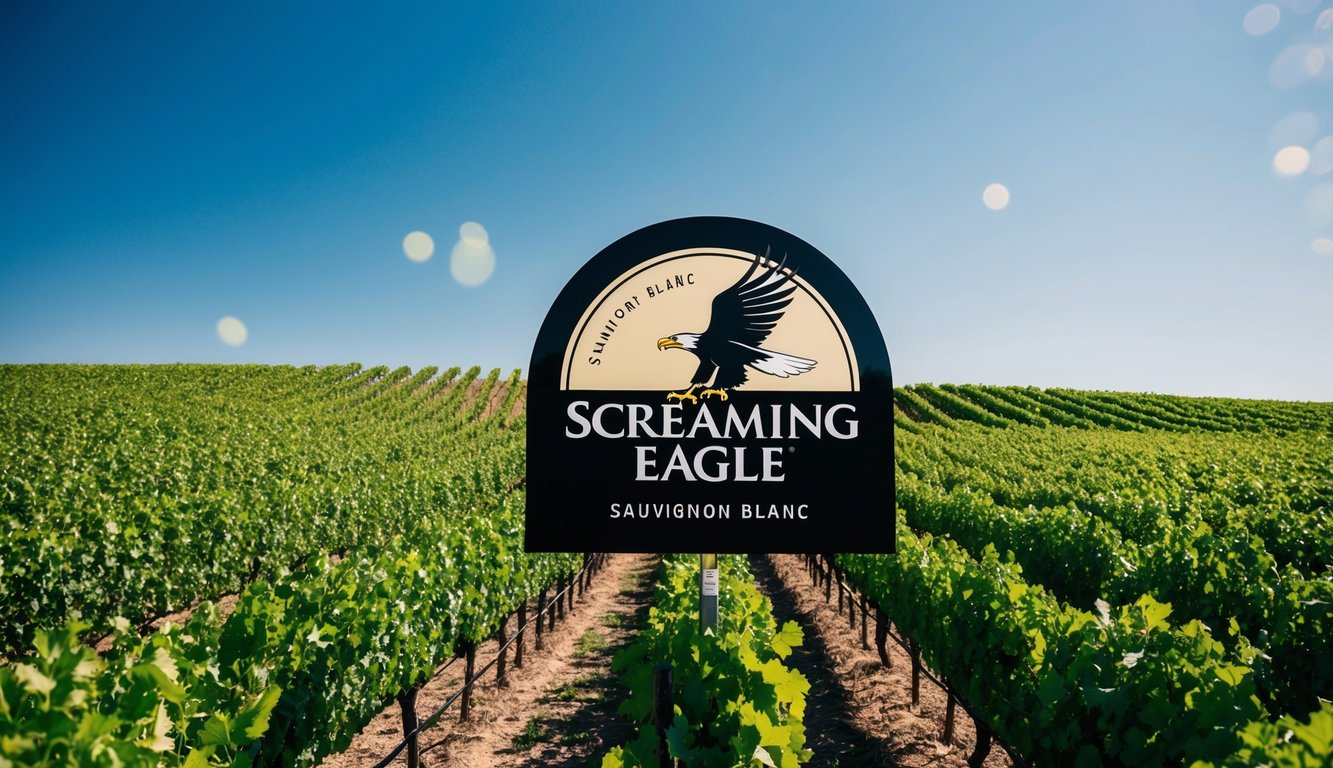
You might know Screaming Eagle for its famous Cabernet Sauvignon, but their Sauvignon Blanc is equally impressive. This rare and exclusive wine comes from a small corner of their Napa Valley vineyard.
Screaming Eagle first released its Sauvignon Blanc in 2010. It was originally made just for private use. Now, it’s available to their mailing list, but in very limited quantities.
The grapes grow in the northwest part of the vineyard. This area was replanted in 2006 after new owners took over. The result is a wine that’s elegant and ethereal.
California Sauvignon Blancs are known for being fruitier than their French counterparts. They’re typically high in acidity and pair well with food. Screaming Eagle’s version is likely no exception.
If you’re lucky enough to try this wine, you’ll experience a true California treasure. It showcases what Napa Valley can do with Sauvignon Blanc when given the Screaming Eagle treatment.
6) Château Margaux Bordeaux
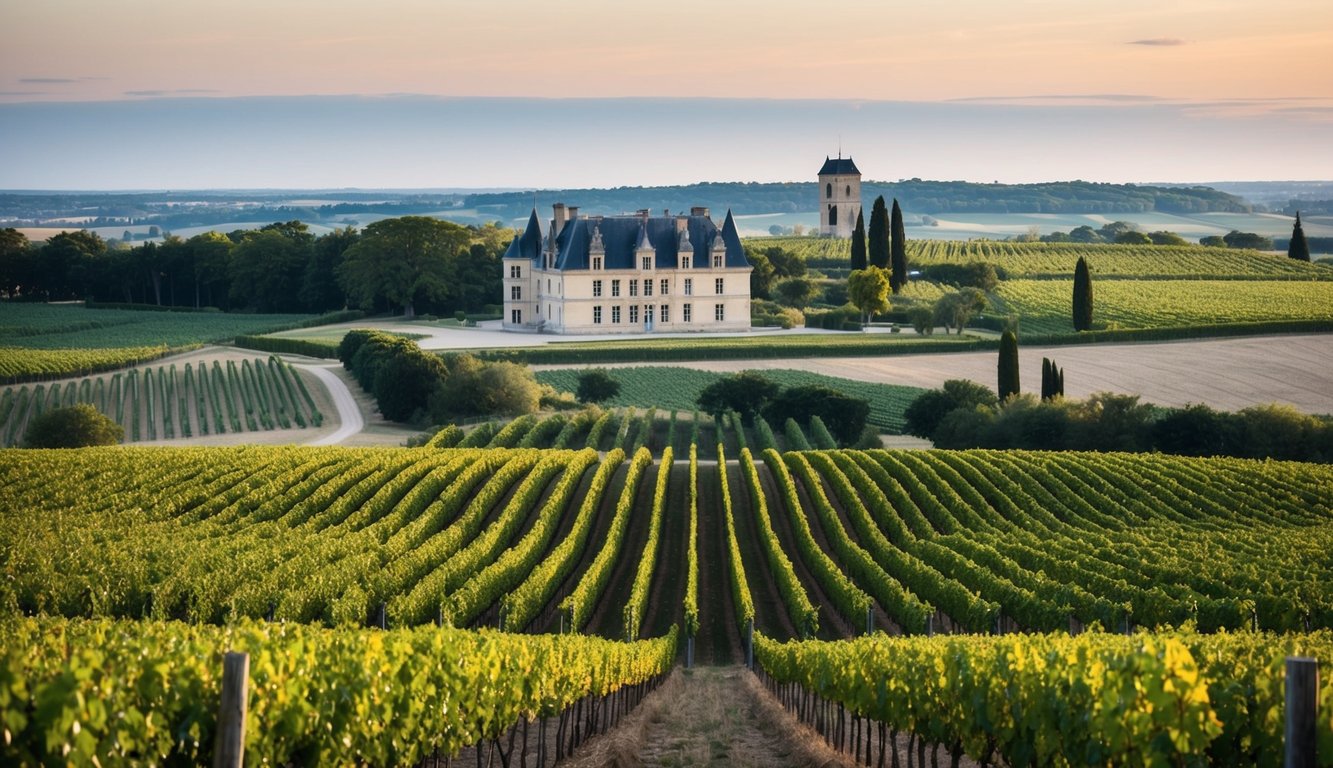
Château Margaux is a legendary wine estate in Bordeaux, France. While not new, it continues to produce outstanding wines that set the standard for excellence.
The estate’s Grand Vin is renowned for its exceptional quality. Made primarily from Cabernet Sauvignon, it offers a perfect balance of power and elegance.
You’ll find the 2014 vintage particularly impressive. It showcases blueberry notes and a hint of mint, with a luscious, perfumed character throughout.
Château Margaux consistently receives high ratings from wine critics. The 2021 vintage earned 98 points from Wine Enthusiast, highlighting its continued excellence.
The estate also produces other notable wines. Pavillon Rouge is their second wine, offering great value. In challenging years like 2021, it performed exceptionally well.
The Rise of New Vineyards
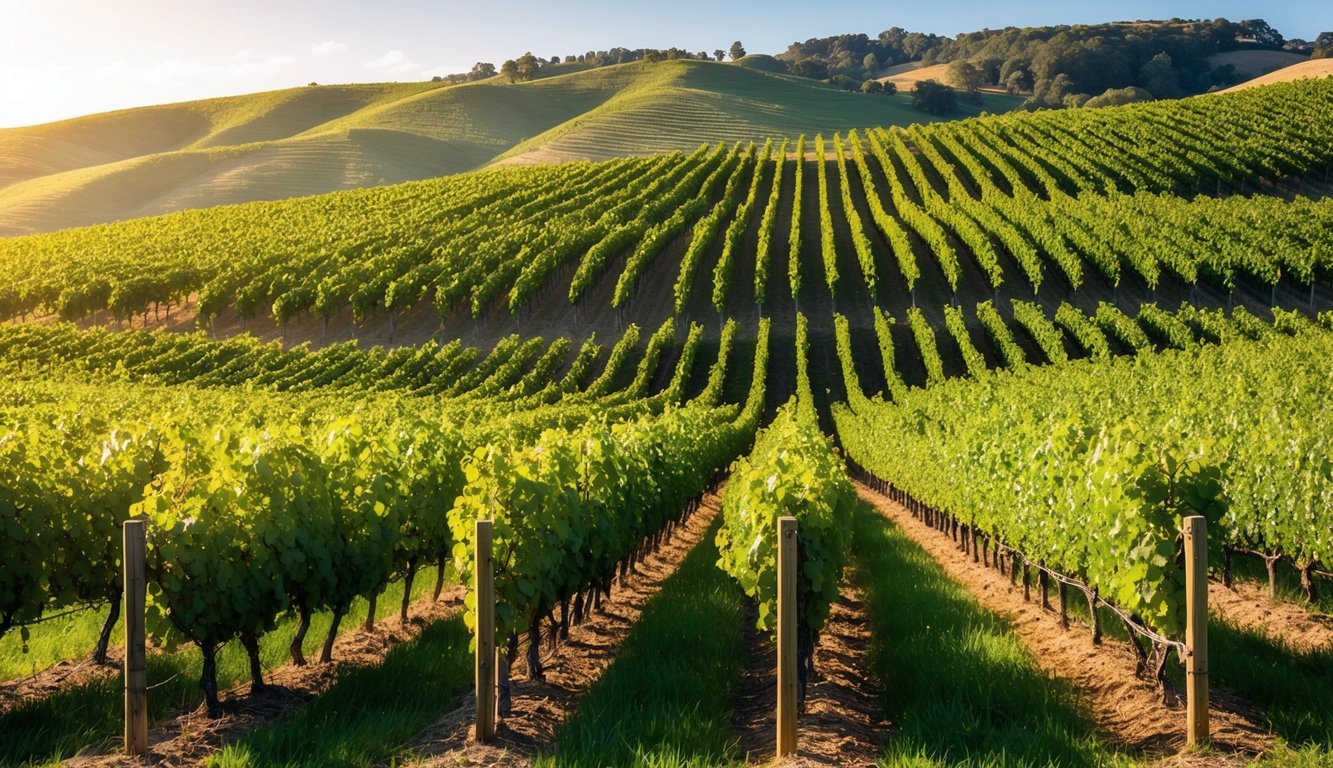
New vineyards are popping up in unexpected places. Changing climate conditions and innovative winemaking techniques are fueling this growth.
Factors Driving Vineyard Growth
Climate change is creating new opportunities for wine production. Warmer temperatures allow grapes to ripen in areas once thought too cold.
Technology plays a big role too. Advanced irrigation systems help vineyards thrive in drier regions. Genetic research produces grape varieties that can handle different climates.
Consumer tastes are shifting. You might be looking for unique wines from new places. This demand encourages new vineyards to open.
Economic factors also drive growth. Wine tourism brings in money for local economies. Governments often offer incentives for new agricultural ventures.
Emerging Wine Regions
You’ll find exciting new wines coming from surprising places. England is now producing high-quality sparkling wines, rivaling Champagne. Its cool climate is perfect for crisp, acidic grapes.
New Jersey’s wine scene is growing fast. Since changing old laws in the 1980s, the state has seen a boom in wineries.
Unexpected areas are joining the wine world:
- Tibet: Home to some of the highest vineyards on Earth
- Saugatuck, Michigan: Gaining attention for its lakeside wineries
- Southern England: Producing award-winning sparkling wines
These new regions bring fresh flavors and styles to your wine glass. They offer a chance to explore beyond traditional wine countries.
Innovative Winemaking Techniques
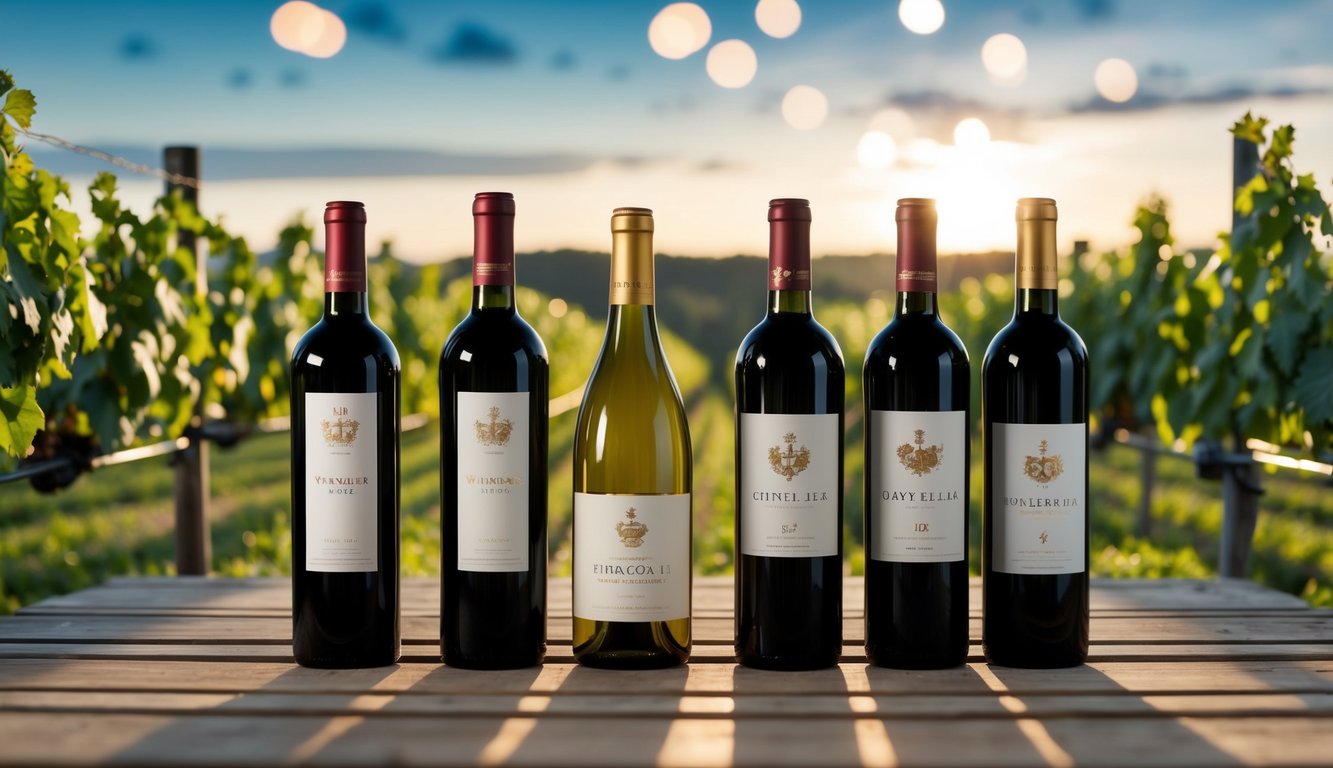
New vineyards are pushing the boundaries of winemaking with cutting-edge methods. These approaches focus on sustainability and technology to create outstanding wines.
Sustainable Practices
Organic farming is gaining traction in new vineyards. You’ll find many avoiding synthetic pesticides and fertilizers. Instead, they use natural pest control and compost.
Some vineyards are trying biodynamic methods. This holistic approach follows a special planting calendar. It also uses herbal sprays to boost vine health.
Water conservation is crucial. Drip irrigation systems help save water. Some vineyards collect rainwater or use recycled water for irrigation.
Cover crops between vine rows improve soil health. They prevent erosion and attract beneficial insects. Many vineyards are planting native flowers and grasses.
Technology in Winemaking
Precision viticulture uses drones and satellites. These tools help map vineyards and track vine health. With this technology, you can spot issues early and target treatments precisely.
Blockchain technology is fighting wine fraud. It creates tamper-proof digital records of a wine’s journey. You can trace a bottle from vine to glass.
Optical grape sorting machines use cameras and air jets. They remove bad grapes faster than human hands. This improves wine quality and saves time.
New oak aging techniques give winemakers more control. Special tools analyze wood grain. This helps create more consistent flavors in oak-aged wines.
Impact on the Global Wine Market
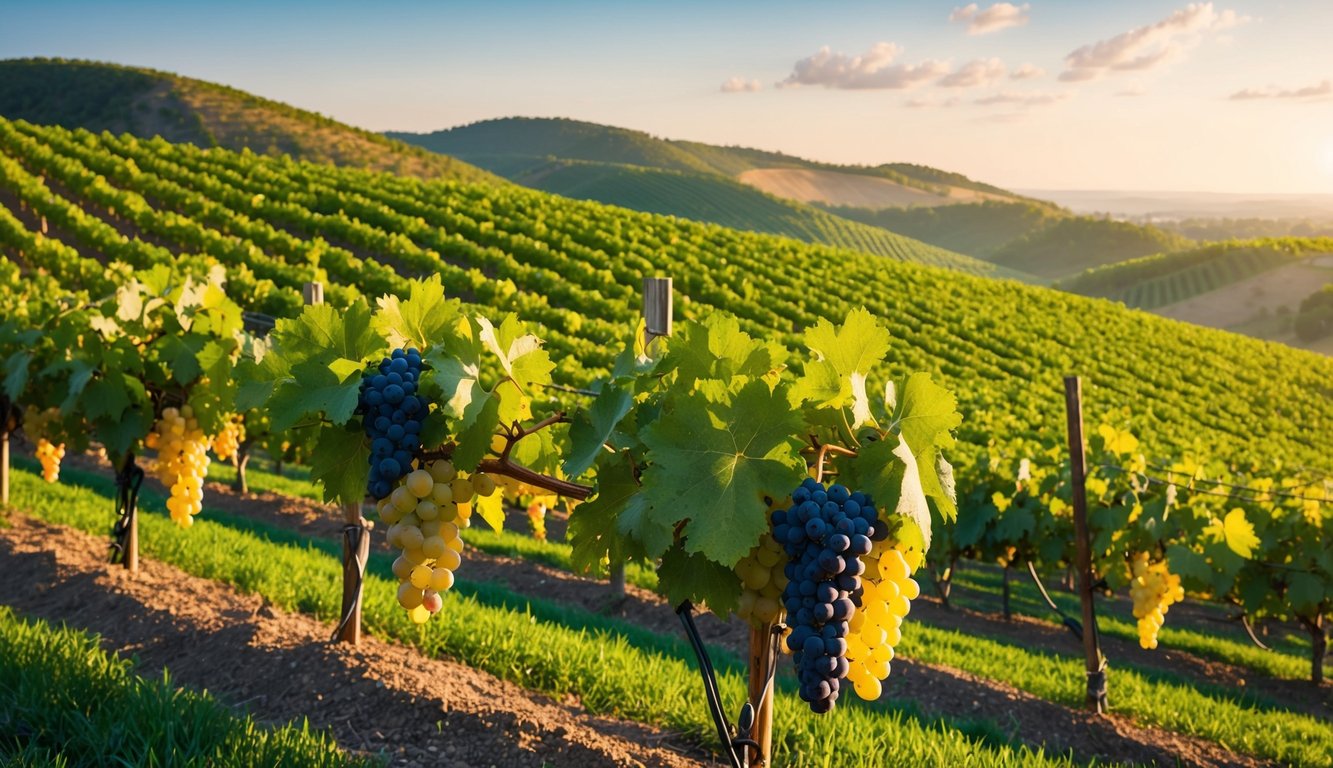
New vineyards are shaking up the wine industry. Their innovative approaches and unique offerings are changing how people drink and buy wine.
Changing Consumer Preferences
You’re likely to see more diverse wine options on store shelves. New vineyards are producing wines that appeal to younger drinkers. These wines often have bolder flavors and eye-catching labels.
Many new producers focus on low-alcohol wines. This trend meets the growing demand for healthier choices. You’ll find more options with fewer calories and lower alcohol content.
Sustainability is another key factor. New vineyards often use eco-friendly practices. This appeals to environmentally conscious consumers. You might notice more organic and biodynamic wines available.
Economic Implications
The rise of new vineyards is creating jobs in rural areas. Increased tourism in these regions is also expected as wine enthusiasts visit tasting rooms.
Competition is getting fiercer. Established wineries must innovate to keep up. This could lead to better quality wines at more competitive prices for you.
The global wine market is expanding. New vineyards are tapping into emerging markets. You might discover wines from unexpected places like China or Belgium.
Online sales are booming. New producers often use e-commerce to reach you directly. This could change how you buy wine, with more options for home delivery.

